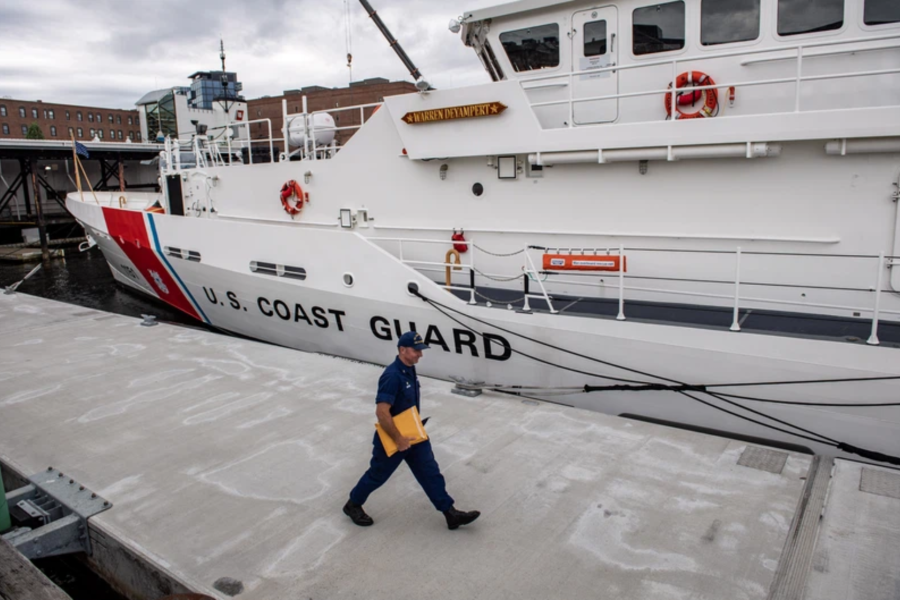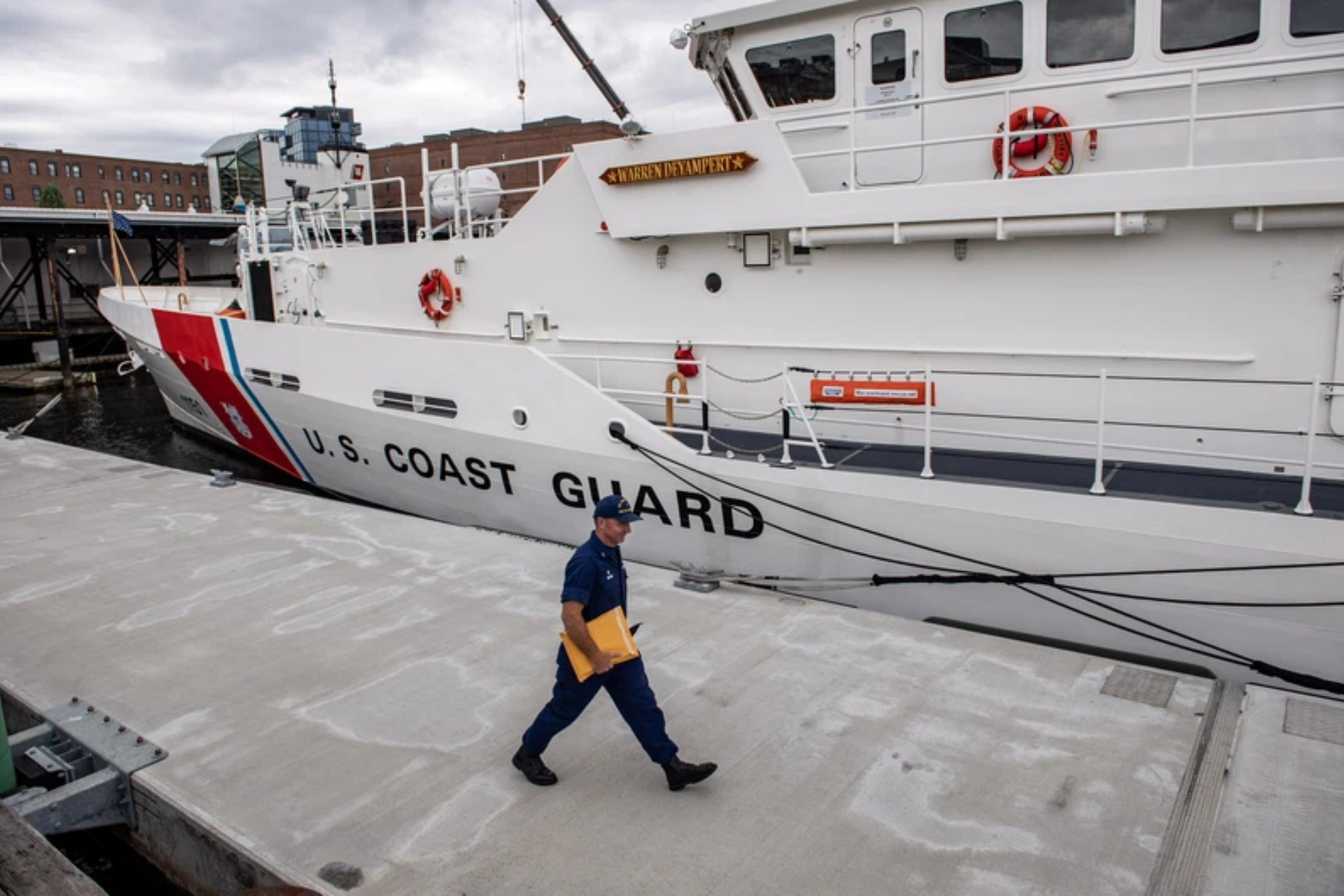
Titanic sub news: Water pressure ‘greater than a great white shark bite’
A “catastrophic implosion,” such as that believed to have destroyed the Titan submersible, would have happened with incredible force and speed given the crushing water pressure on the floor of the ocean. DID YOU KNOW | What is the most common name for a newborn BOY in South Africa? The remains of the Titanic rest on the seabed in the […]

A “catastrophic implosion,” such as that believed to have destroyed the Titan submersible, would have happened with incredible force and speed given the crushing water pressure on the floor of the ocean.
DID YOU KNOW | What is the most common name for a newborn BOY in South Africa?
The remains of the Titanic rest on the seabed in the North Atlantic at a depth of some 3, 800 metres (12,400 feet).
At sea level, atmospheric pressure is 14.7 pounds per square inch (psi).
Water pressure at the depth where the ocean liner lies is equivalent to around 400 atmospheres, nearly 6,000 psi.
As a comparison, the bite of a large great white shark exerts a force of nearly 4,000 psi, according to Scientific American.
ALSO READ: Cabinet approves changes to marriage laws in South Africa
In an implosion caused by a defect in the hull or for some other reason, the submersible would collapse in on itself in milliseconds, crushed by the immense water pressure.
Death would be virtually instantaneous for the occupants of the pressurised chamber.
The Titan, built by OceanGate Inc. of Everett, Washington, was designed to sustain the extreme water pressure at the depth of the Titanic and had made previous dives to the wreck.
DID YOU KNOW | What is the largest city in each of South Africa’s 9 provinces?
But safety concerns had been raised, most notably in a lawsuit involving OceanGate’s former director of marine operations, David Lochridge, who was fired in 2018 after warning about the Titan’s “experimental” carbon fiber hull.
Roderick Smith, an engineering professor at Imperial College, London, said the accident was likely due to a “failure of the pressure hull,” but debris will need to be recovered to carry out a full investigation.
And even then it may be difficult to pinpoint the cause.
“The violence of the implosion means that it may be very difficult to determine the sequence of events,” Smith said.
By Garrin Lambley © Agence France-Presse
DID YOU KNOW | Which of South Africa’s 9 provinces is the SMALLEST by area size?